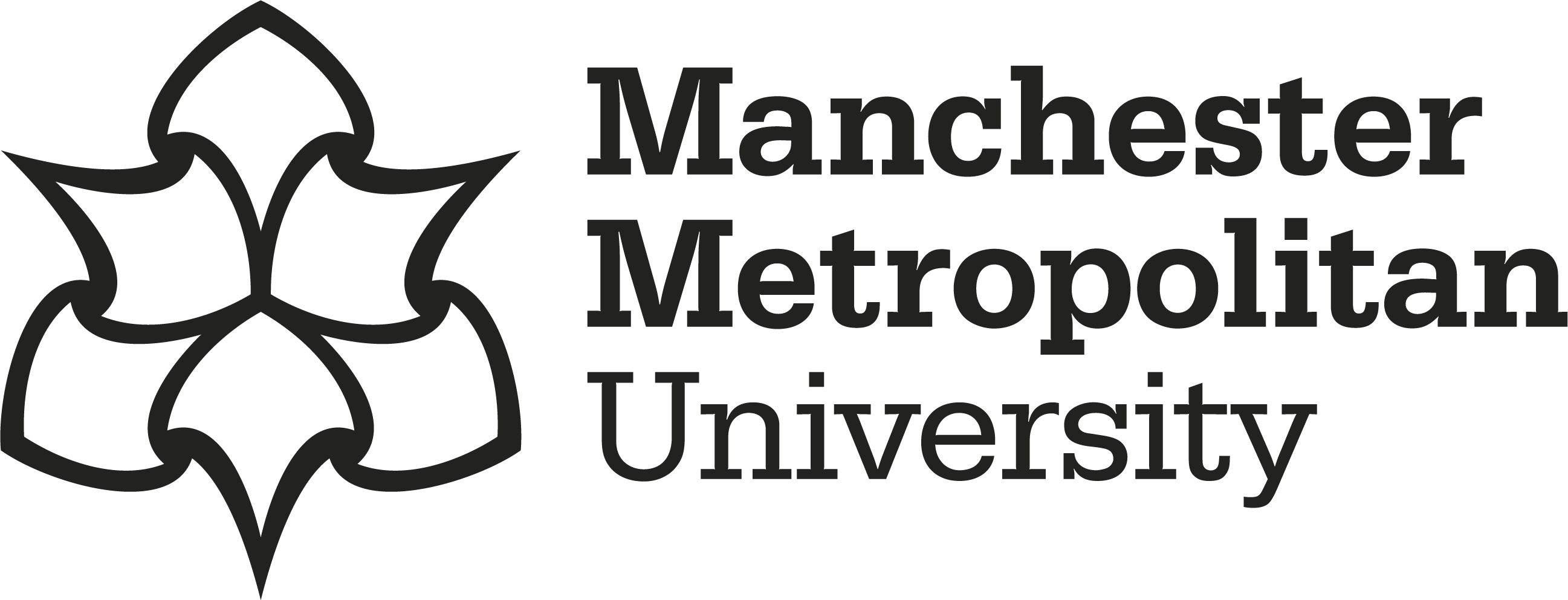Polato, Matteo (2025) Radio Sorcery: A Resonance-Based Analysis of Contemporary Discourse on Paranormal Experiences. Doctoral thesis (PhD), Manchester Metropolitan University.
|
Available under License Creative Commons Attribution Non-commercial No Derivatives. Download (2MB) | Preview |
Abstract
This thesis develops a novel theoretical and methodological approach to the analysis of the processes that shape notions of paranormal experiences between the early 1970s and present days. To do so, it employs concepts of sound and resonance as onto-epistemological tools to trace the relational, ecological and performative dimen-sions of the paranormal, while exploring how such experiences are narrated and shared. Grounded in an interdisciplinary framework of sound studies, affect theory and agential realism, the research examines the resonances between the embodied and the representational, the experiential and the cultural in accounts of encounters with otherworldly agencies. Methodologically, the study proposes a resonance-based model derived from the cir-cuitry of a crystal radio receiver, a sonic medium with a crucial importance in the his-tory of the practices and the discourses of the paranormal. This model conceptualises the three basic components of the radio as three methodological principles: the An-tenna, which examines cultural and contextual factors, the Tuner, exploring the dy-namics that create the conditions for the paranormal experience, and the Detector, which focuses on meaning-making processes of narrativisation, interpretation and cul-tural transmission. This model is applied to three representative case studies: the 1972 BBC drama The Stone Tape, the parapsychological Philip Experiment of the 1970s, and the 2019 online documentary series Hellier. These cases illuminate critical themes, such as the listening ecologies involved in accounts of hauntings, the vibrato-ry interactions in performative dynamics of group séances, and the resonance-based processes between onsite paranormal investigations and online countercultural mythmaking. The research argues that a focus on sound and resonance allows for an understand-ing of processes often overlooked by ocular-centric analytical tools, and which are largely under researched in the existing academic field. In particular, the proposed methodology shifts attention from the representation of reported entities or phenome-na to the interactions, sensations, and narrative practices through which the para-normal is perceived and constructed. It redefines the paranormal not as a fixed object to be analysed for its ontological impossibility, but rather as an emergent and relation-al process arising from peripheral interactions between bodies, spaces and stories, mediated by resonant processes and embodied auditory interactions. With its reso-nance-based approach, the study challenges reductionist and rigid distinctions, posi-tioning the paranormal as a lens for examining broader cultural, ecological, and sen-sory dynamics, providing an alternative methodology that integrates sound studies with cultural analysis to explore the emergence, transmission, and shared under-standing of modern forms of paranormal practices.
Impact and Reach
Statistics
Additional statistics for this dataset are available via IRStats2.


